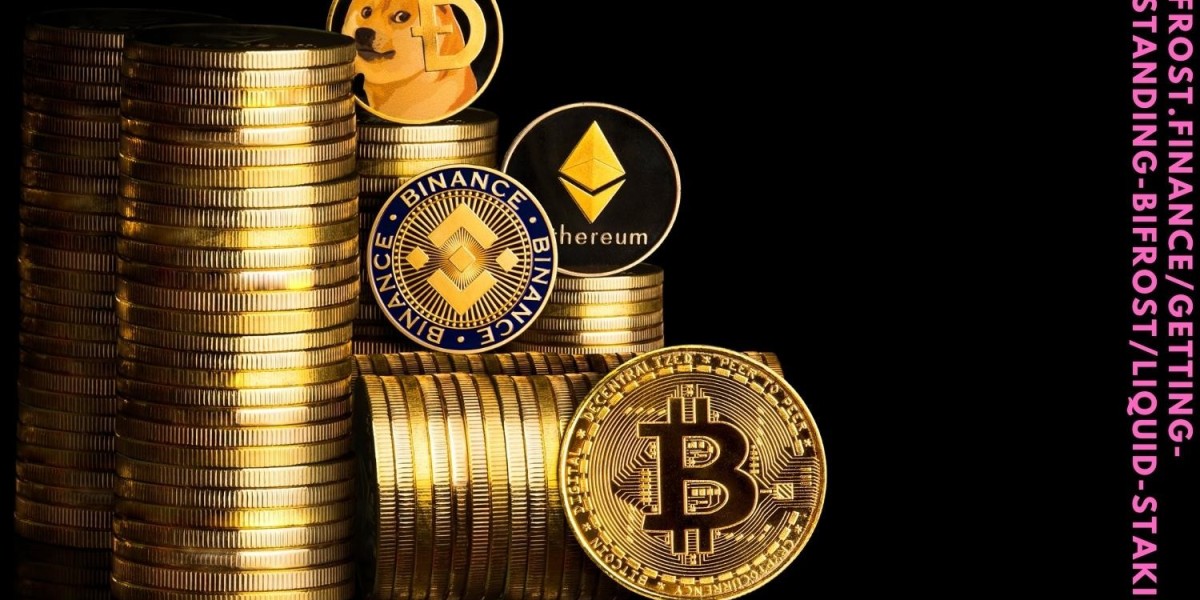Derivatives have long been regarded as financial instruments that allow investors to hedge risks, speculate on price movements, and diversify their portfolios. However, a relatively new concept in the realm of derivatives trading is staking derivatives. This innovative approach combines the principles of staking, commonly associated with blockchain networks, with the dynamics of traditional derivative contracts, presenting a unique opportunity for investors to participate in both worlds.
Staking derivatives involve committing a certain amount of cryptocurrency or tokens as collateral to support derivative contracts. This collateral, often referred to as "staking," is locked up in a smart contract and serves as a guarantee for the fulfillment of the derivative agreement. By staking their assets, participants gain access to derivative contracts without the need for a centralized intermediary, reducing counterparty risk and increasing the efficiency of transactions.
One of the key benefits of staking derivatives is the potential for enhanced liquidity and market depth. By staking their assets, participants contribute to the liquidity pool, which can facilitate smoother price discovery and reduce slippage. Additionally, staking derivatives enable investors to earn rewards in the form of interest, fees, or governance tokens, depending on the specific platform and protocol.
Moreover, staking derivatives introduce new possibilities for yield generation and capital efficiency. Participants can leverage their staked assets to access additional liquidity or engage in other investment opportunities while still maintaining exposure to the underlying assets. This can lead to higher returns and improved risk-adjusted performance for investors seeking to maximize their capital efficiency.
However, it's important to recognize the potential risks associated with staking derivatives, including smart contract vulnerabilities, market volatility, and regulatory uncertainties. Participants should conduct thorough due diligence and carefully assess the risks before engaging in staking derivatives activities.
In conclusion, staking derivatives represent an exciting evolution in the world of derivatives trading, offering investors a novel approach to accessing derivative markets while leveraging the benefits of blockchain technology. By combining the principles of staking with traditional derivatives contracts, staking derivatives pave the way for increased liquidity, enhanced yield opportunities, and improved capital efficiency in the financial ecosystem.








